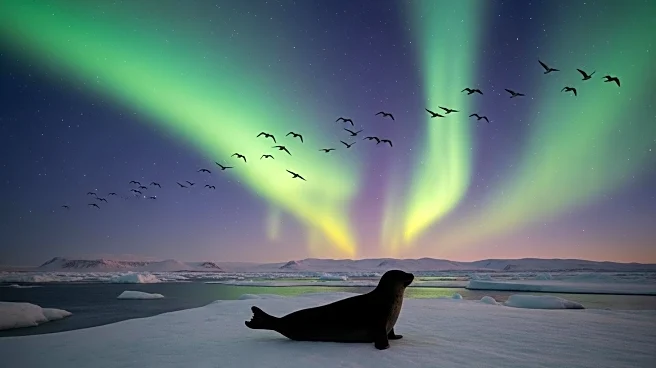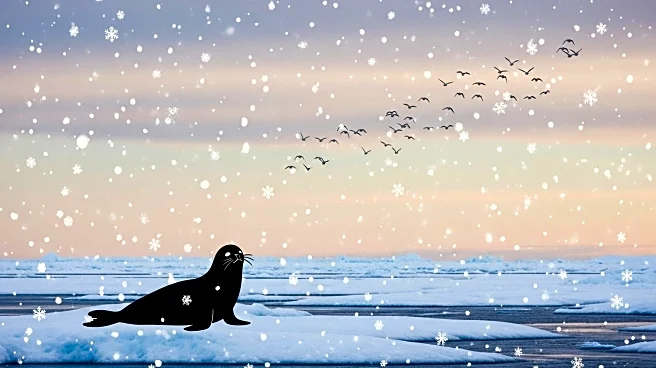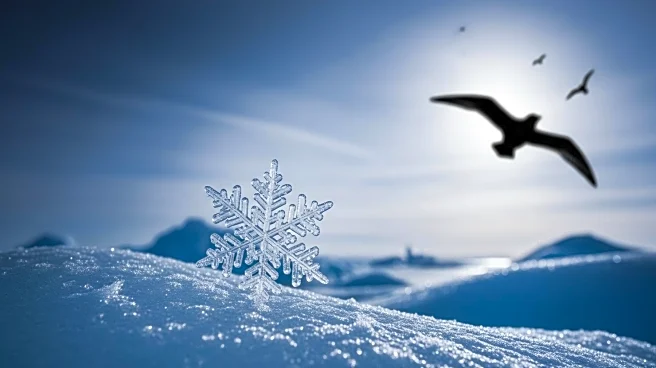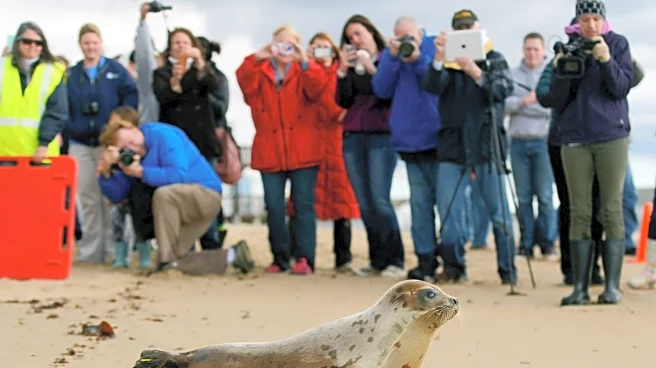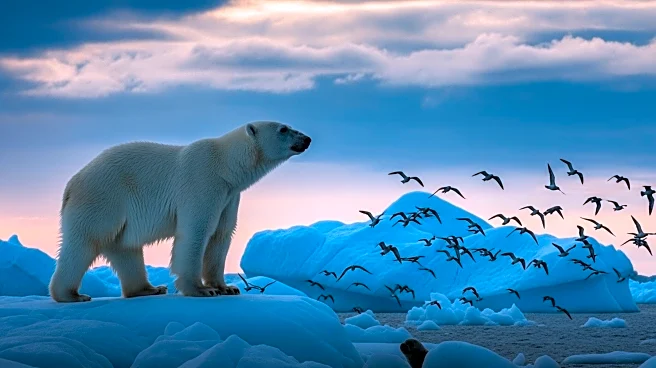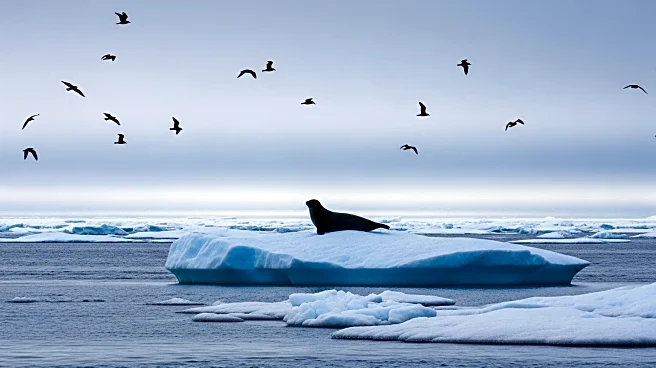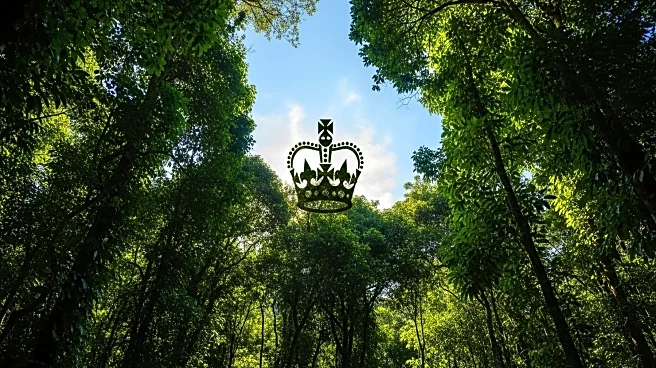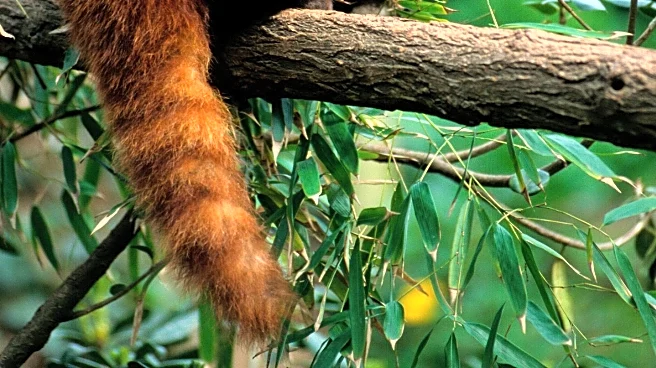What's Happening?
The International Union for Conservation of Nature (IUCN) has released its updated Red List of Threatened Species, highlighting the risk of extinction faced by Arctic seals and a significant decline in global bird populations. The report, presented at the IUCN World Conservation Congress, notes that melting sea ice and deforestation are major drivers of these threats. Three species of Arctic seals—hooded, bearded, and harp seals—are particularly vulnerable due to the rapid retreat of sea ice. The report also reveals that 61% of bird species are declining globally, primarily due to habitat loss from agriculture and logging. Despite these challenges, the green sea turtle has shown a positive recovery, demonstrating the effectiveness of conservation efforts.
Why It's Important?
The findings of the IUCN Red List emphasize the critical need for global action to address environmental challenges that threaten biodiversity. The decline of Arctic seals and birds has broader implications for ecosystem stability and climate resilience. Protecting these species is essential not only for their survival but also for maintaining the ecological balance that supports human life. The success of the green sea turtle's recovery highlights the potential for positive change through targeted conservation strategies.
What's Next?
The IUCN World Conservation Congress serves as a platform for stakeholders to collaborate on solutions to biodiversity loss. The upcoming UN Climate Change Conference in Brazil will further address these issues, with a focus on integrating biodiversity conservation into climate policies. Continued advocacy and international cooperation will be crucial in implementing effective conservation measures.
Beyond the Headlines
The report underscores the interconnectedness of climate change and biodiversity, highlighting the need for integrated approaches to environmental protection. The decline in bird populations affects ecosystem services such as pollination and seed dispersal, which are vital for food security and climate adaptation. The findings may influence future policy decisions and conservation priorities.


